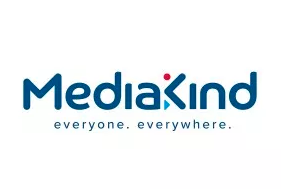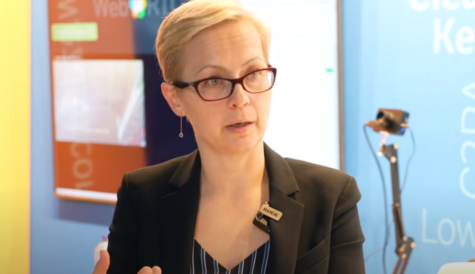
After more than 40 years of operation, DTVE is closing its doors and our website will no longer be updated daily. Thank you for all of your support.
MediaKind reconfigures advertising and content distribution technology
Technology provider MediaKind has reconfigured its advertising and content dstribution rights platform Prisma with a modular feature set.
 According to MediaKind, its Prisma Core and Prisma Edge products provide specialised content distribution rights definition and enforcement and targeted advertising capabilities, including digital ad insertion, localised content, content blackouts and security against piracy.
According to MediaKind, its Prisma Core and Prisma Edge products provide specialised content distribution rights definition and enforcement and targeted advertising capabilities, including digital ad insertion, localised content, content blackouts and security against piracy.
The new modular portfolio means that Prisma can be deployed as a solution in the cloud, as an appliance, or as components integrated into the Aquila portfolio.
Prisma Core provides scheduling control and rules enforcement for traditional broadcast, as well as OTT-based delivery. Prisma Edge enables content providers and video service providers to deliver viewing experiences, monetise advertising inventory and meet contractual and legal obligations, according to the company.
Enhancements now available include: playlist management for linear ad replacement; added support for SCTE-18 policy ingest formats in support of Emergency Alert System (EAS) US regulatory compliance; new content placement management; improved ad routing policies; and new viewing enablement via in-manifest tracking URLs for HLS.
“As today’s consumers embrace OTT video services, Operators and Multichannel Video Programming Distributors (MVPDs) must look for new methods of monetization through targeted advertising. This requires the delivery of fully personalized and relevant services which fully comply with distribution rights and local regulations,” said Stuart Boorn, VP, product management, MediaKind,
“Through the modular capabilities of our Prisma portfolio, we are providing new functionalities to enable our customers to pick and choose the elements and capabilities they need to distribute substitute content and targeted advertising across all networks. Our advertising and alternate content offerings allow our customers to deploy services that match the requirements of their existing infrastructure, with the tools to fully monetise their content through deeper knowledge and understanding of their audiences’ demands.”


